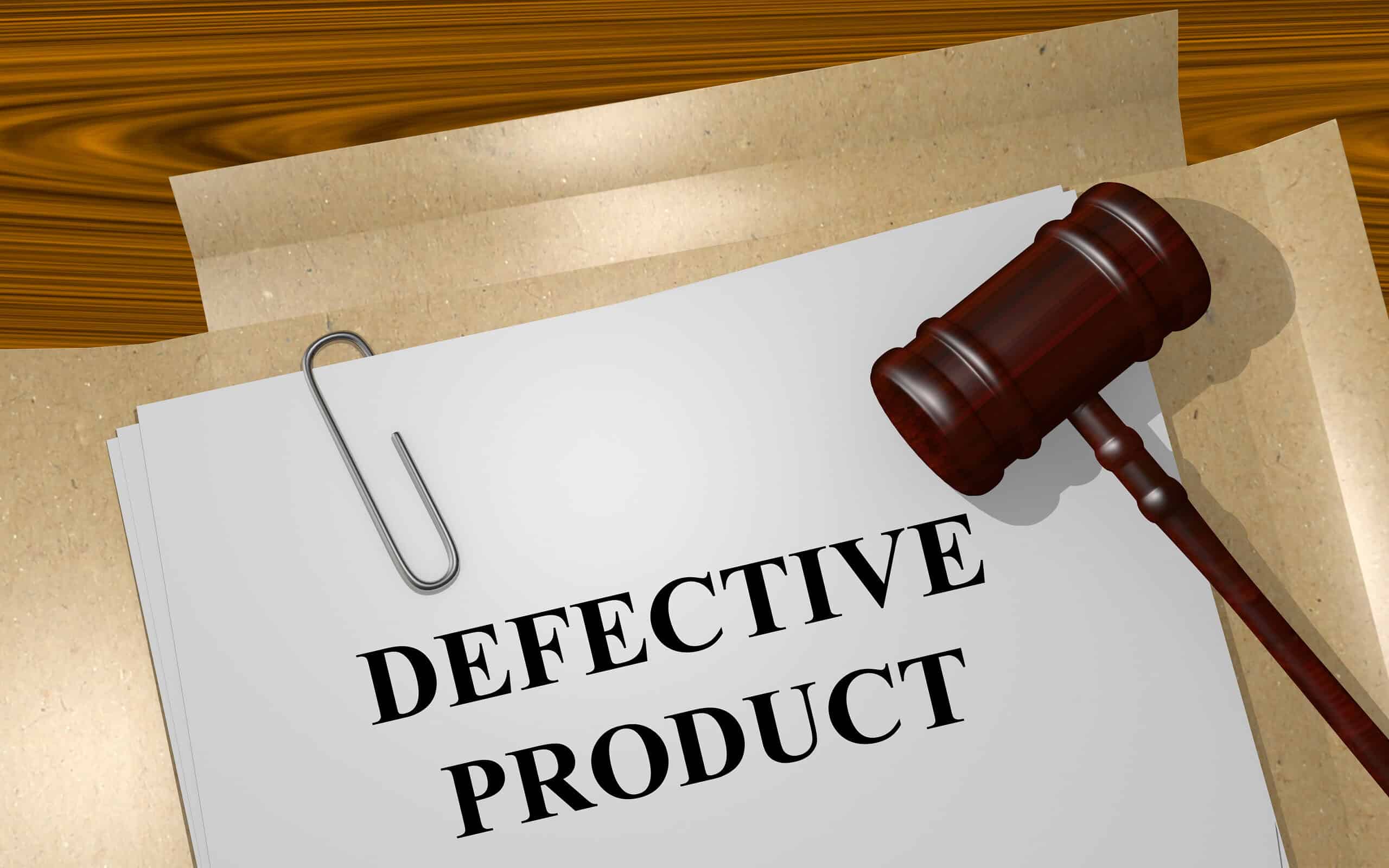
Unfortunately, sometimes your process produces unacceptable output. These are usually referred to as defects or defectives. Let’s examine what a defective item is and contrast it with a defect.
The Merriam-Webster dictionary defines a defective as: having a defect or flaw or imperfect in form, structure, or function. Simply put, a defect is a flaw or imperfection while a defective may be defined as an item with one or more defects.
Overview: What is a defective?
Probably the easiest way to define or illustrate a defective is with the graphic below:

The first box has 5 defects and since they are important, the box is defined as a defective. After some improvement, the next box now only has 3 defects but is still defective. Finally, the last box only has one defect, yet the box is still defined as a defective. While there was improvement in the number of defects, there are still the same number of defectives.
Defectives give you a gross macro perspective of how your process is doing. A counting of defects looks at quality from the micro perspective. Until you eliminate or reduce defects, you will still have defectives.
An industry example of a defective
A bank was applying Six Sigma to its loan process and was interested in the quality of its loan applications. The form had room for 36 entries. The Six Sigma Green Belt sampled 50 forms to estimate the defect rate.
One application had 9 incorrect entries or defects. Another application had 5 incorrect entries or defects. Since a form is deemed unusable if there are errors or defects, then those two forms were defined as defectives. Overall, 18 forms had at least one defect, so those 18 forms were defined as defectives out of the total of 50 samples.
Frequently Asked Questions (FAQ) about a defective
What is the difference between a defect and a defective?
A defective item contains one or more defects. However, not all items with defects will be defined as defective. It depends on the severity of the defect. For example, your new shoes may have several defects, some of which may not be noticed by you. Therefore, you don’t have any defectives. However, if one of your shoes has a defect that is measured and reported, that shoe may be considered defective.
What is the statistical difference between defects and defectives?
A defective is a binary variable. It is either defective or it isn’t. This type of data is represented by the binomial distribution. Defects are counts and will be defined by the Poisson distribution.
Will something always be defined as defective if it has defects?
It depends. If the item is rendered faulty because of the defects, then it will be defined as defective. If the item contains defects which still allow the item to be used as intended, then the item may not be defined as defective.